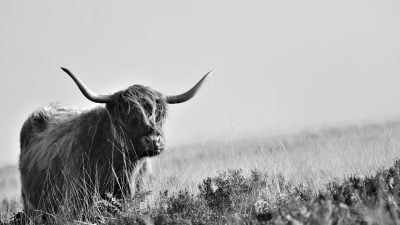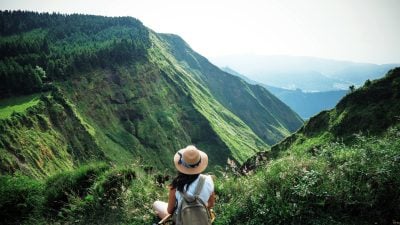Home / UK & Europe / Must Revisit Places: Why a Eur…
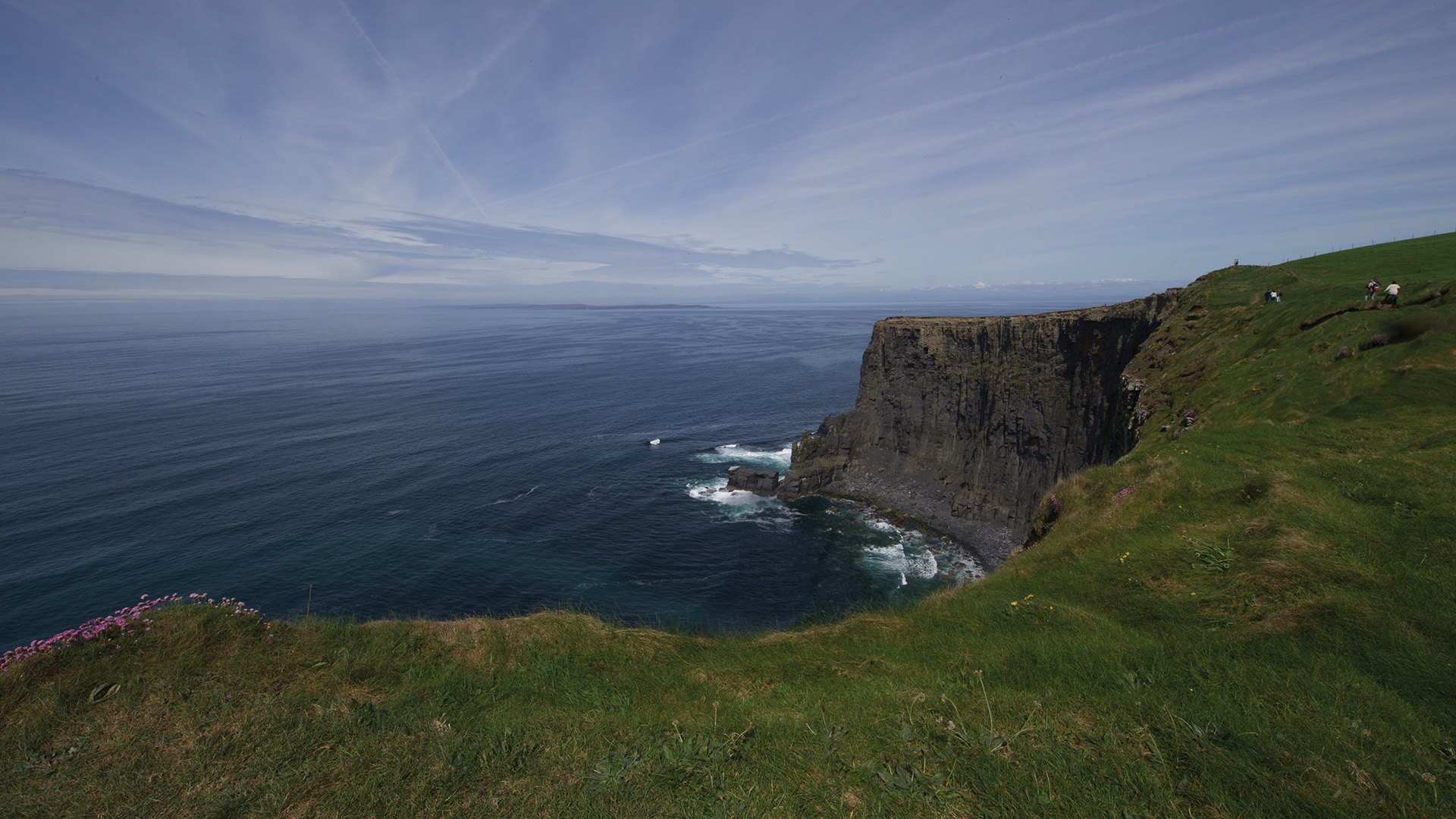
Must Revisit Places: Why a European Bucket List Isn’t Easily Emptied
I admit my European bucket list shifts like swishing water in the pail I used to take from the well for the horses on my grandparents’ farm. But such a constantly changing list is natural when so many diverse travel opportunities lie just over the North Pole. I typically learn about somewhere, say Nuuksio National Park, a wilderness adjacent to Helsinki, and begin obsessing about visiting to the detriment of previously primary travel goals like Verbier. Then, poof! I find myself in Finland, and another year passes without skiing in Switzerland.
Everyone possesses different filters when forming their life list of travel destinations. (Sharing the same filters should top any dating or prenup agreements.) Wildlife, wilderness, gardens, and literary history tend to top my rubric. Quite often, somewhere I didnʻt expect will catch my eye too, like Stockholmʻs Fotografiska, The Contemporary Museum of Photography, Art & Culture. Accessing Fotografiska via the SL public boat (I love excellent mass transit) added to its appeal.
Stockholm exemplifies another subgroup on the life list, a destination that may not have previously occupied top-billing but now resides, having visited briefly, on the “must revisit” list. My partner and I love building itineraries in new places. Stockholm demonstrates how we navigate a city.
Our perfect day usually begins at a blissful bakery like Fabrique. Located in the Gamla Stan historic district a few serpentine blocks from our hotel, Fabrique’s blend of outstanding croissants and pastries combine brilliantly with an idyllic aesthetic. Imagine wireframe baskets hanging over well-used baking sheets filled with kanelbullar (Swedish cinnamon buns) laid upon weathered wine crates poised on distressed pistachio-coloured tables beneath a Banksy-like mural spread across white-tiled walls.
After sitting long enough to establish we’re in no hurry ever to leave, we stepped onto the cobblestone to wander the boutiques and galleries of Gamla Stan, then strode to Södermalm to seek vintage stores and curio shops before boarding the boat to Fotografiska. After viewing the extraordinary exhibit Homage to Humanity by Jimmy Nelson, we boarded the boat to Royal Djurgården for our requisite botanical immersion.
Several other Scandinavian countries not initially positioned high in my bucket now also reside in my “must revisit” container. Though technically not part of Scandinavia, Iceland represents another Nordic country that I am far from exhausting. My discontent has nothing to do with Iceland, a go-to recommendation when seasoned traveller friends query where they should travel to be “blown away” by nature.
I’ve enjoyed my two times in Reykjavik but failed to travel far outside the capital and explore this outrageous geography. My negligence is still more egregious because I’m a waterfall-obsessive person, seeking cascades with my tripod in hand wherever I go.
I spent two hours shooting slow exposures of Seljalandsfoss but have yet to visit Dettifoss, Gullfoss, Svartifoss, or any other breathtaking cataracts. I’ve also missed the Northern Lights, quaint fishing villages, and sod-covered cottages, among many other “Only in Iceland” elements. (I’d also love to hang out with a troll.)
My bucket list comes in all three states of matter: solid, liquid, and gas. Often these states come in the form of seasons. Hot air ballooning through the upper Saane Valley from Château-d’Œx in Switzerland filled my “Did I just do that?” bucket. I’m determined to return to the canton of Vaud in winter to ski the runs carved across the hillside forests I observed from the wicker basket, tracks that appeared to go forever. I’ve never skied in Europe, where the ski runs famously link one village to another. Add another drop to the bucket.
Links form another element of my periodic bucket list, specifically the famous golf links of Ireland. And it isn’t only the whimsical fairways and maddening greens. Blame it on the faerie dust, but the pub life, natural beauty, literary history, and people of the Emerald Isle have me hooked.
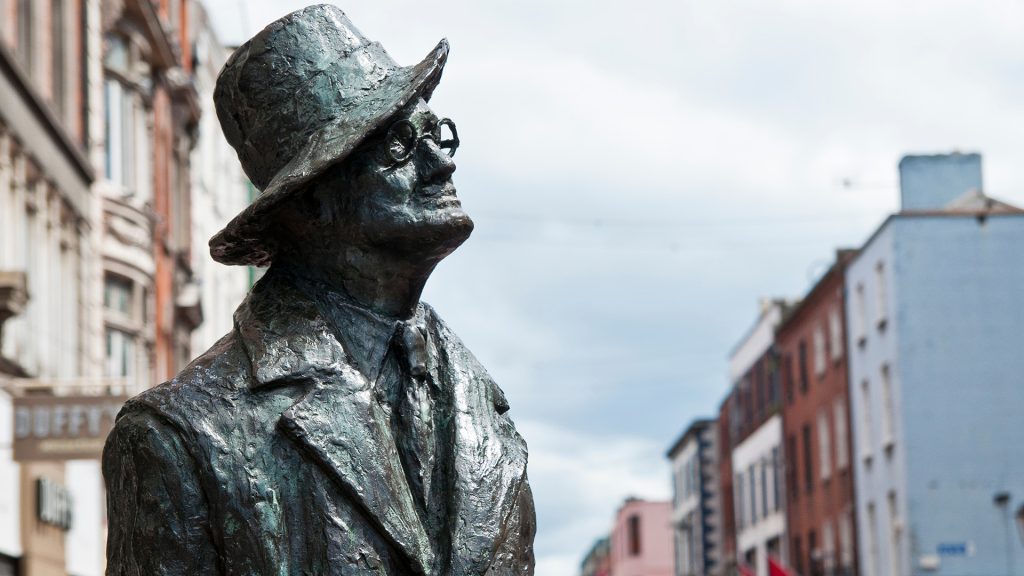
Ireland’s placement on the meniscus of my bucket list was established years before I started travelling for a living, when James Joyce became my favourite author after I read A Portrait of the Artist as a Young Man at McQuaid Jesuit High School. I try to read Portrait annually and, for the past 30 years, I’ve read Joyce’s “The Dead” every Christmas Eve. Visiting Dublin on June 16, aka Bloomsday, the day Joyce set his epic novel Ulysses, was a must for me. I left my straw hat at home but spent the day touring key sites from the novel and watching actors perform monologues from the text, including Molly Bloom’s, um, breathtaking soliloquy that concludes the masterpiece. Yes, indeed, yes.
I also recite The Birch Grove, written by the Nobel Laureate poet Seamus Heaney, on the first of every month. I knew I had to make a pilgrimage to Northern Ireland when the Seamus Heaney HomePlace opened. The HomePlace is located in Bellaghy just one mile from the simple gravesite of the poet, who died in 2013. You don’t have to be an English major to appreciate the HomePlace, a set of galleries where recordings of the late Heaney reading his work convey you through his lifetime and the Irish landscape.
I was equally moved by the recently renovated Titanic Experience, a brilliantly constructed tribute to Belfast shipyards and the infamous ship. Few exhibitions appeal broadly across generations, but this experience promises to capture every family member’s interest, from the theme park-style ride “through” the ship’s construction to the presentation of passenger names, whereby the survivors and victims are separated by a simple line depicting the water’s horizon.
Like Iceland, the Irish coastline has few peers with hundreds of miles of walking trails, a palette of verdant hues, and stunning edifices. I’ve returned to the Cliffs of Moher repeatedly, most recently to tread with founder Pat Sweeney on his Doolin Cliff Walk. The 2 mile (3.2 km) path skirts the 702 ft (213 m) precipice from Doolin to Guerin’s Path at The Visitor Centre.
That day began and concluded at Pat O’Connor’s Pub in Doolin, though I could have been in Dingle, Dublin, or Galway. After a night of the craic and a bucket’s worth of Guinness, Ireland still sits squarely, if a wee wobbly, atop my life list of places to visit and visit again. But it may not stay this way for long. My bucket is always being refilled. Europe’s endless opportunities constantly add to the list, no matter how one’s interests shift as life’s journey unfolds.
Other Buckets Worth the Carry
Europe offers something for every traveller, whether the visitor is a history buff, foodie, outdoor enthusiast, or admirer of great culture. Here’s a look at several “bucket list” experiences from Goway’s Destination Specialists.
Blue Danube River Cruise — Kathy Day
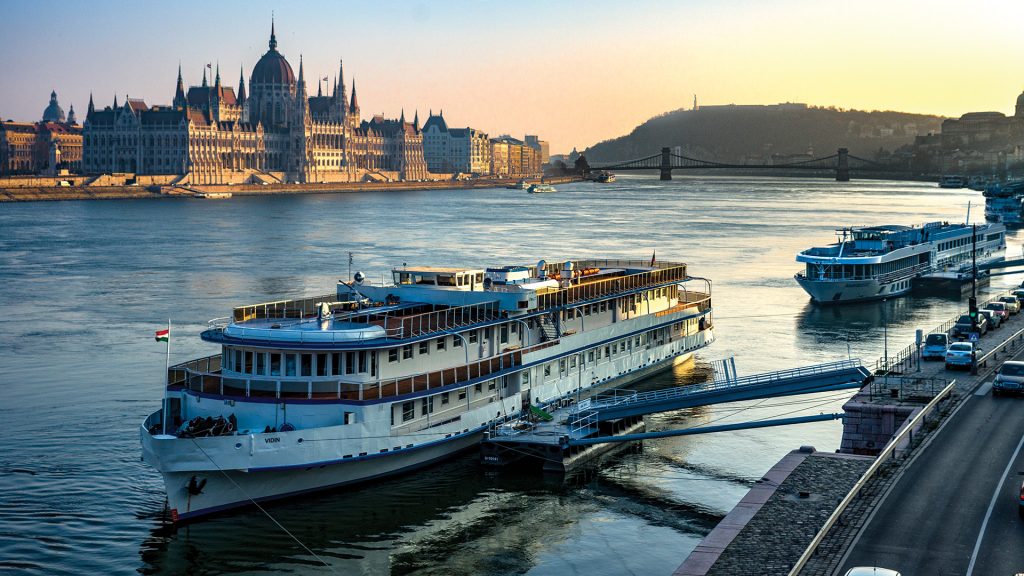
Like a Mozart symphony, culture flows forth on a Blue Danube River Cruise. Guests explore Vienna via all the senses, reflect in an 11th-century Benedictine Abbey, and relax in Bratislava’s Bohemian café scene. Buda and Pest await voyagers with Hungarian wine, goulash, and Turkish baths.
Glass Igloo at Kakslauttanen Arctic Resort, Finland — Lisa Guiotto
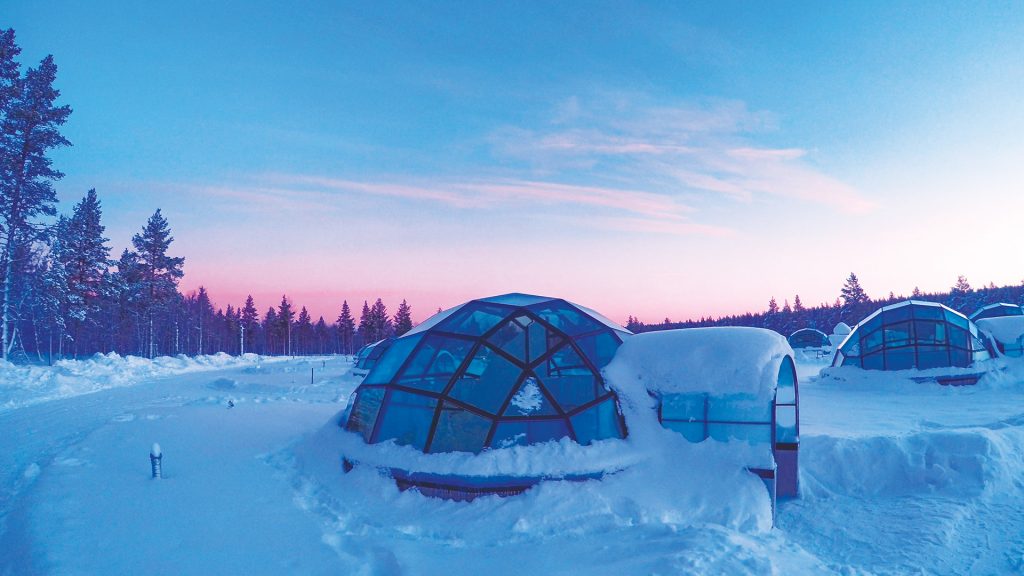
You’ll never feel the same once you immerse yourself in Finnish Sauna Culture. Watching the Northern Lights crackle above you from your private glass igloo is equally transformative. You’ll feel like you’re at the top of the world because you practically are.
The Colourful Street Scenes of Gdańsk, Poland — Madiha Kamran
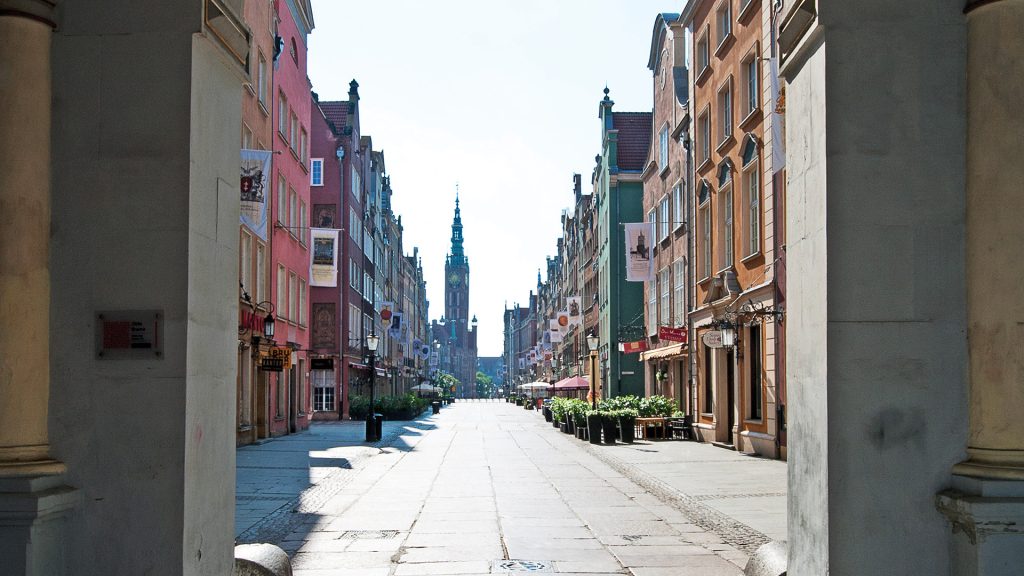
Mariacka links St. Mary’s Basilica and the Motława River to form one of the most beautiful streetscapes in Europe. Long a maritime shipping hub, Gdańsk remains a colourful port city filled with streetside terraces, gorgeous galleries, and historic architecture.
Rothenburg ob der Tauber, Germany — Kobe Chen

Prepare to enter a well-illustrated history book when visiting Rothenburg ob der Tauber, which is among Europe’s finest examples of medieval architecture. The Rathaus (town hall), first constructed in 1240, is one of several buildings in this fairy-tale village that date back to the Middle Ages.
Lake Bled, Slovenia — Brigitta Fuller
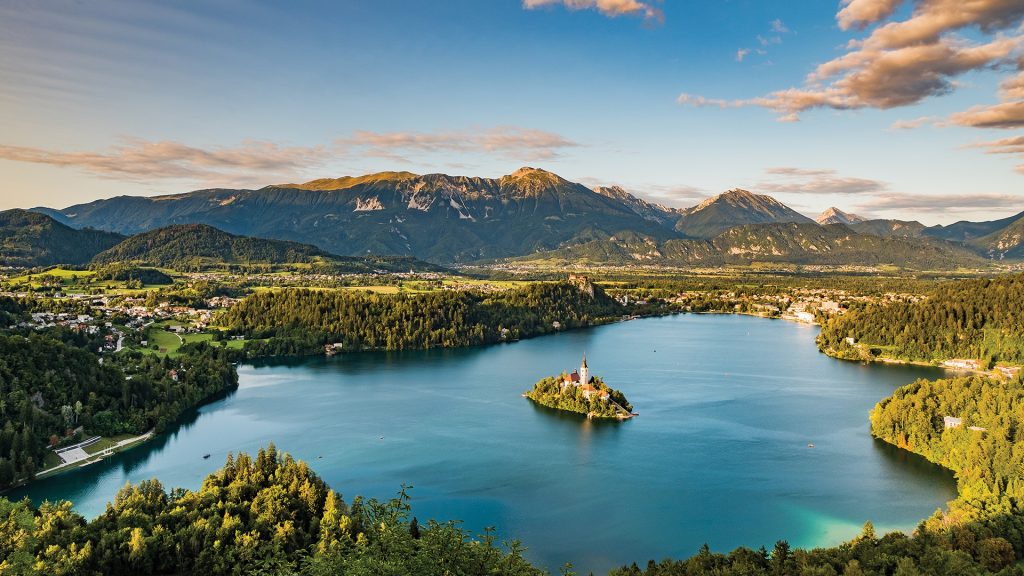
More than a mile long and almost a mile wide, Lake Bled is most famous for its acre-sized island, where visitors climb 99 steps to make wishes when ringing a bell inside the Assumption of Mary Church. The romantic voyage on the two-oared Pletna boat is half the fun.
Snorkelling in the Silfra Fissure, Iceland — Stephannie Phillips
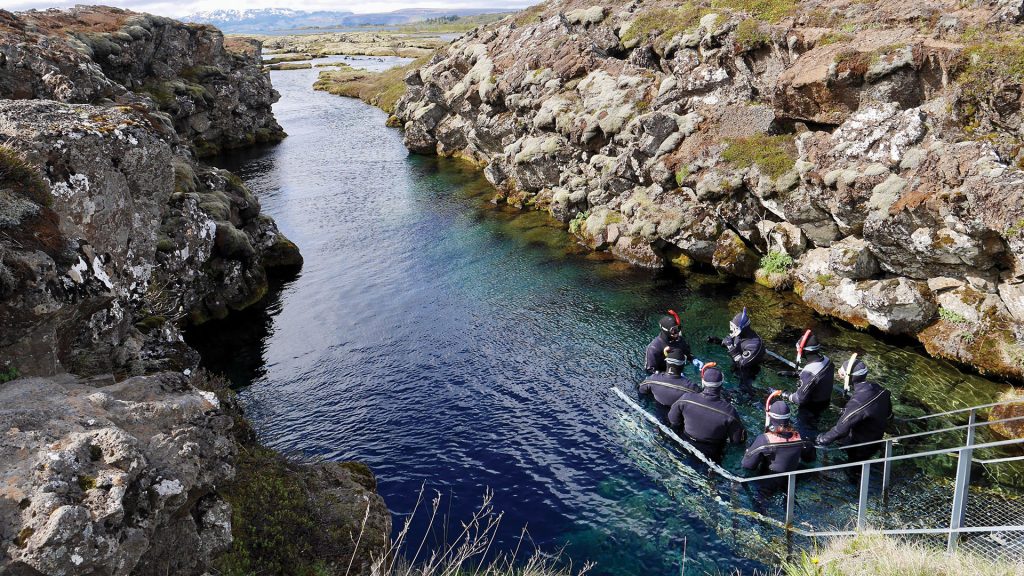
Imagine swimming between the North American and Eurasian continents. Now, go do it. The Silfra Fissure is one of many geological Icelandic marvels that are hard to believe until you snorkel above a lava field in a submarine volcanic canyon.
The Parnidis Dune, Lithuania — Edward Paulionis
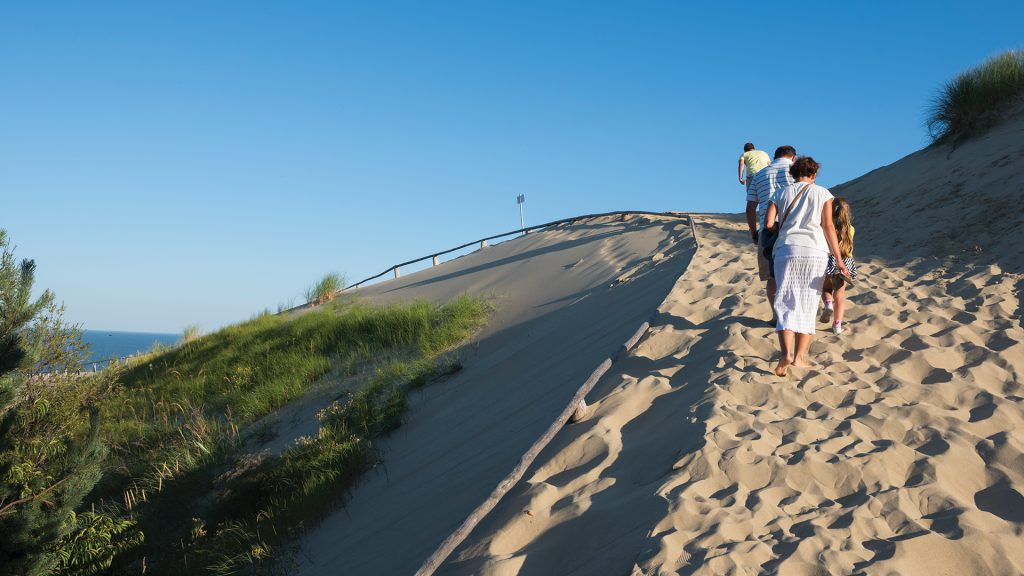
Stretching almost 150 ft (45 m) in the air, the Parnidis Dune summit contains a sundial and an obelisk of recent construction. The delicate ecosystem includes a rare, forested section, small wildflower meadows, and the bird-rich Curonian Lagoon.
Bran Castle, Romania — Lisa Dachuk
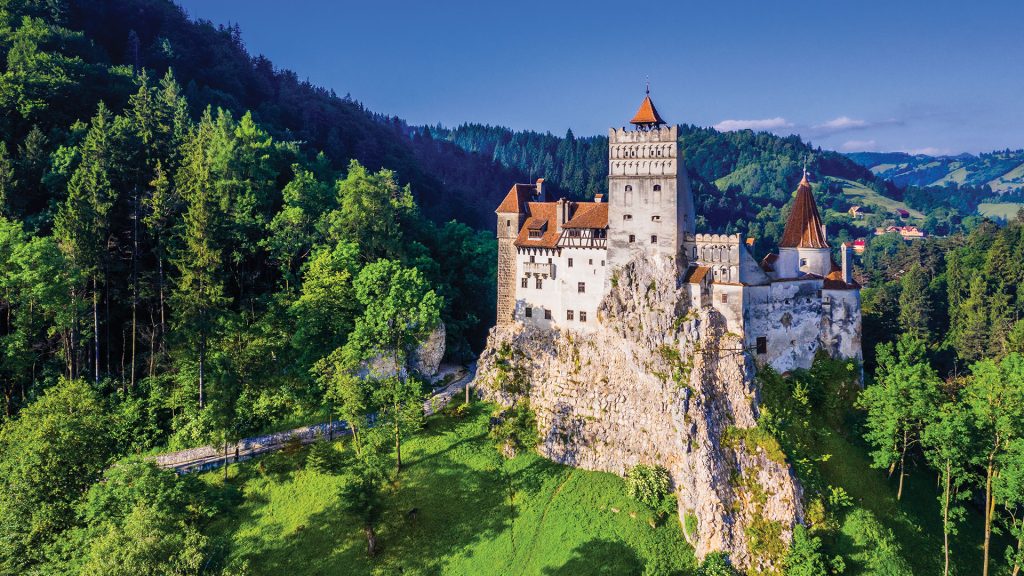
The history of Dracula’s Castle is as mesmerizing as visitors find stepping into the medieval fortress is chilling. Though author Bram Stoker never visited Transylvania, it is said he named his infamous protagonist after Vlad III, “The Impaler,” a member of Ordo Draconum.
This article was originally published in No. 32 of Globetrotting Magazine.
Get more travel inspiration by email.
Subscribe
0 Comments

Get the latest travel trends & hear about the best deals on vacations around the world.
If you’re a Globetrotter, these are the newsletters for you!
